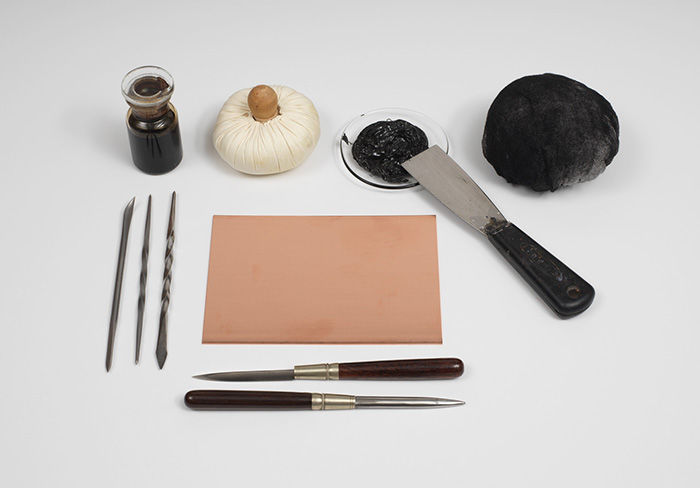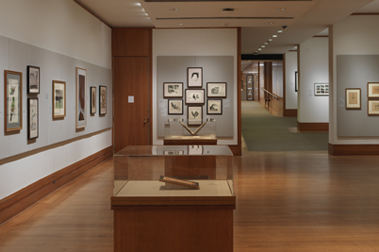Wareham Bridge
Sir Francis Seymour Haden British
Not on view
Seymour Haden was the unlikely combination of a surgeon and an etcher. Although he pursued a very successful medical career, he is mostly remembered for his etched work as well as for his writings on etching. He was one of a group of artists, including James McNeill Whistler (1834–1903) and Alphonse Legros (1837–1911), whose passionate interest in the medium led to the so-called etching revival, a period that lasted well into the twentieth century. The extolling of etching for its inherent spontaneous qualities reached its pinnacle during this time. While the line of the etching needle, Haden wrote, was "free, expressive, full of vivacity," that of the burin was "cold, constrained, uninteresting," and "without identity."
View of an old boathouse in the midst of rushes and trees, at left; homes along river, at left, in distance; man on horse in foreground, at right, beside a second horse; second man and two horses, at right, in middleground.
"State V (H1). The two horses in the foreground have additional shading. The sky, the reeds in the lower right, some of the reflections in the river, the work on the near side of the boat house removed; redrawing of the lighter work on the boathouse."
[Source: Schneiderman, p. 311]
"Published State: First.-The two horses in the foreground are shaded, and the weeds between them and the right margin of the plate are almost entirely erased."
[Source: Harrington, p. 89]

